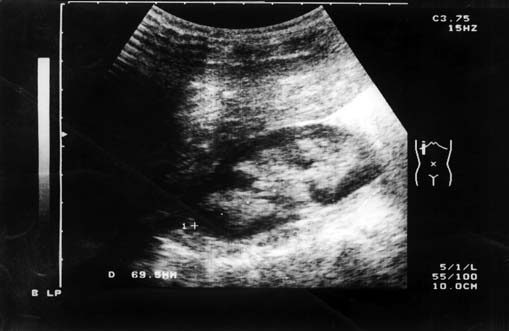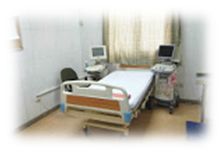Case Quiz (June 2016)
A 3-year-old boy was referred for evaluation of proteinuria during a febrile illness.He had no history of edema, hematuria, or polyuria.Physical examination revealed no abnormal findings. His weight was 17.2 kg and his height was 1 m . His blood pressure was 80/50 mmHg. Funduscopic examination was normal.Laboratory investigation revealed +2 protein, no blood,and normal urine sediment, blood urea 23 mg/dl, serum creatinine 0.45 mg/dl, calcium 8.9 mg/dl, phosphorus 3.5 mg/dl, sodium 139 mEq/l, potassium 4.1 mEq/l, bicarbonate 26.4 mEq/l, cholesterol 180 mg/dl, total protein 7 g/dl, albumin 3.5 g/dl, hemoglobin 11.6 g/dl, white blood cell count 8,700/mm3, platelet count 366,000/mm3, aspartate amino transferase 34 U/l, and alanine amino transferase 16 U/l. Urine protein excretion was 630–945 mg/24 h.Renal ultrasonography showed marked bilateral medullary hyperechogenicity suggestive of medullary nephrocalcinosis. Urinary calcium excretion ranged between 4.6 and 5.3 mg/kg per 24 h.His maternal grand father had died at 57 years of age in end stage renal disease. He had been undergoing hemodialysis for 4 years, but the etiology of his renal disease was not clearly defined. He died from cardiovascular causes. There was no parental consanguinity.
Case Answer (June 2016)
Dent disease is an X-linked proximal tubulopathy characterized by low-molecular weight proteinuria, hypercalciuria,nephrocalcinosis, nephrolithiasis, and progressive renal failure. Microscopic hematuria, impaired urinary concentrating ability, glucosuria, aminoaciduria, and phosphate wasting occur in some children. This X-linked disorder occurs predominantly in males; female carriers are asymptomatic, although they may have low-molecular weight proteinuria, and half have hypercalciuria. Dent disease has been reported to have a familial predisposition and an association with mutations of the renal chloride channel gene, CLCN5.
Hypercalciuria may be the result of abnormal 1-hydroxylation of vitamin D, probably as a part of the general dysfunction of the proximal tubule. Calcium excretion isusually in the range of 4–6 mg/kg per day, while serum calcium concentration is always within normal limit.
Impairment of glomerular filtration rate may occur in some patients during late childhood, with progression to end-stage renal disease (ESRD) in the 3rd to 4th decade of life, while other patients may develop slight impairment of renal function in old age.
Medullary nephrocalcinosis is present in most patients. Some patients also develop calcium nephrolithiasis. Rickets occurs in about a third of the patients. The cause of the rickets is unknown. There is usually no hypocalcemia or acidosis. Some patients develop hypophosphatemia,but this has not been considered severe enough to explain the bone disease.

